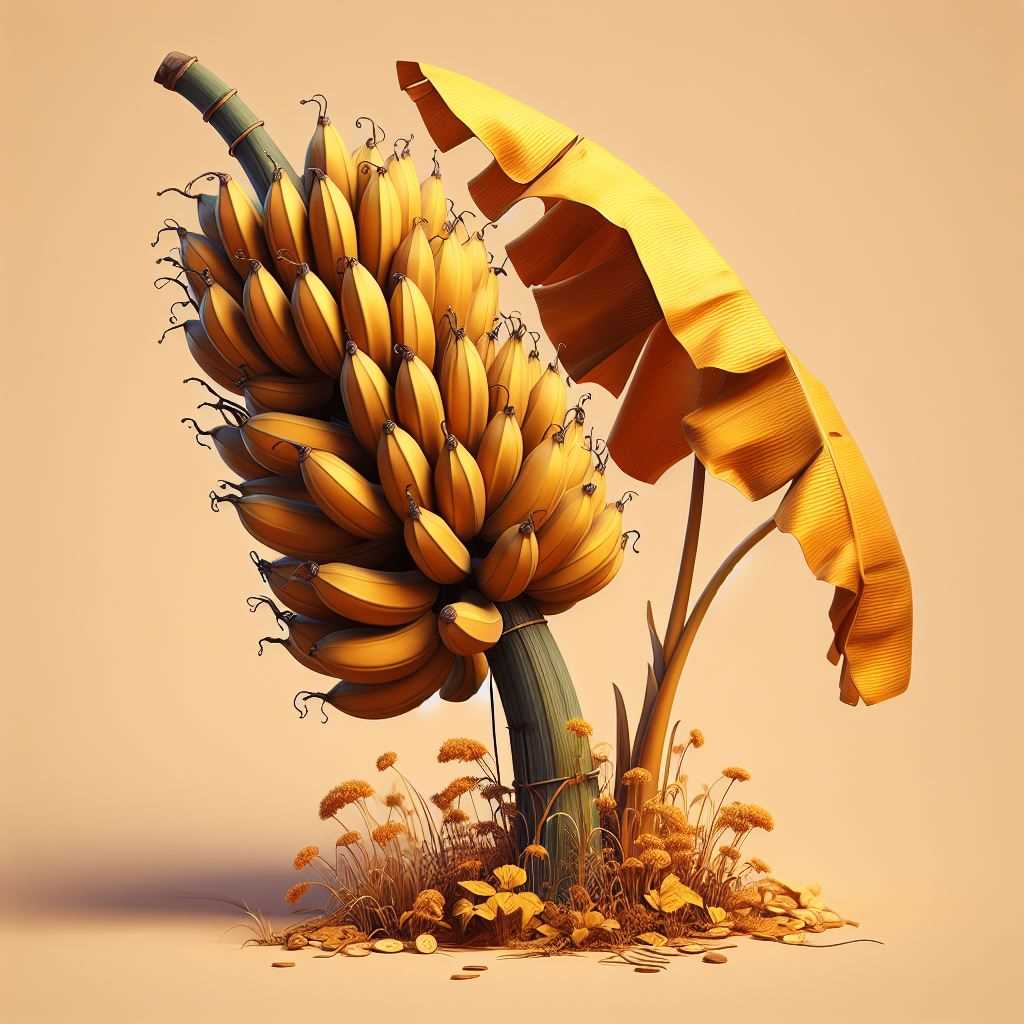Everything You Need to Know About the Plantain
The plantain is a unique fruit, transforming from a starchy staple to a sweet treat. It nourishes with its flesh and protects with its leaves. From its birth to its harvest, the plantain embodies strength and versatility, leaving a lasting cultural mark as a symbol of resilience and utility.

The banana, or rather the plantain, doesn't always get the respect it deserves. Sure, its sweet, yellow-skinned cousin has captured hearts and become a global snacking staple. But there's something far more primal, more satisfyingly complex about the plantain. It's the steadfast workhorse of the culinary world, the shape-shifting chameleon that can just as easily bring savory delight as sugary indulgence.
Let's step into the humid heart of a plantain grove, a place where dappled sunlight peeks through the giant, jade leaves. Our story begins there, with a young shoot unfurling itself from the earth. “A green parchment,” you might call it, a vibrant promise scrawled onto the forest floor. That single shoot owes its existence to the grand matriarch plant beside it, a majestic green pillar sustaining the cycle of life and deliciousness.




